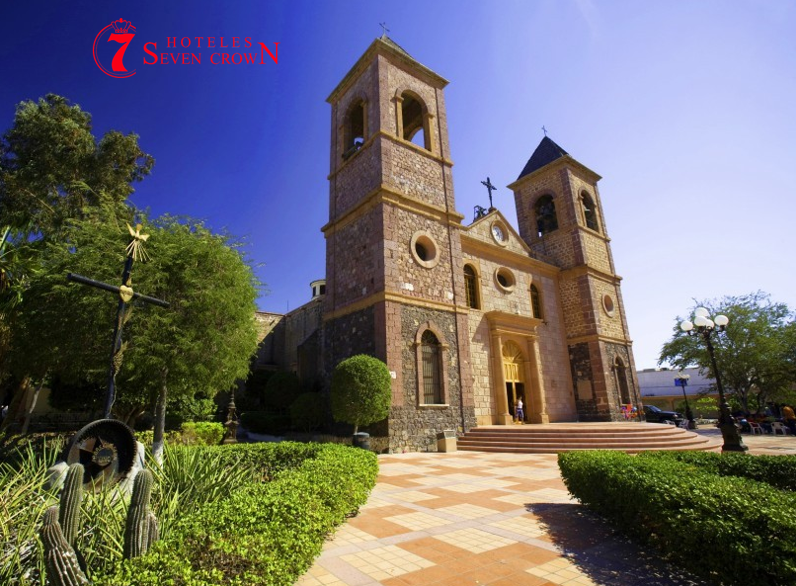-
The History of La Paz: A Journey Through Time

La Paz, the capital of the state of Baja California Sur, is a place full of history, culture, and natural beauty. From pre-Hispanic times to its transformation into an important cultural and tourist hub, this city has witnessed pivotal events that shaped its identity.
1. Pre-Hispanic Era: The First Inhabitants
The region’s first inhabitants were the Pericúes, Guaycuras, and Cochimíes, who lived by fishing, hunting, and gathering. They left a significant legacy in the form of cave paintings and traditions that continue to inspire the modern-day people of Baja California Sur.
2. European Discovery
In 1535, Spanish explorer Hernán Cortés arrived at the bay of La Paz, mesmerized by its crystal-clear waters and biodiversity. He named it Bay of Santa Cruz, but the name was later changed to La Paz as a symbol of tranquility. However, colonization attempts failed due to indigenous resistance and the harsh desert conditions.
3. The Mission Era
In the late 17th century, Jesuit missionaries arrived in the region with the aim of evangelizing the indigenous peoples. They established the Mission of Nuestra Señora del Pilar de La Paz Airapí in 1720. While the missions contributed to the region’s development, they also negatively impacted the indigenous populations, which declined significantly due to disease and conflict.
4. La Paz During Independence and the Porfiriato
During Mexico’s War of Independence, La Paz remained relatively isolated from the conflicts. However, after independence, it began developing as a fishing and mining community. During the Porfiriato, it became an important port for trading pearls, salt, and other local products.
5. Modern La Paz: Capital and Tourist Destination
In 1974, Baja California Sur became a state of the Mexican Republic, and La Paz was designated its capital. Since then, the city has experienced significant growth, attracting tourists worldwide with its peaceful atmosphere, stunning beaches, and rich biodiversity.
6. A Cultural and Natural Legacy
Today, La Paz is recognized not only for its natural beauty but also for its rich history. The city is home to museums, such as the Regional Museum of Anthropology and History, and historical monuments that preserve its heritage. Additionally, its proximity to natural wonders like Espíritu Santo Island and the Sierra de la Laguna makes it a unique destination.
Conclusion
La Paz is much more than a coastal city; it is a place where history and nature intertwine to offer a unique experience. From ancient indigenous peoples to its role as the capital of Baja California Sur, La Paz remains a symbol of cultural richness, tranquility, and beauty.

Tags
Comments
Leave your comment
Your email address will not be published.
-
Last entries


